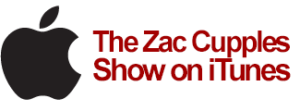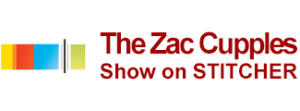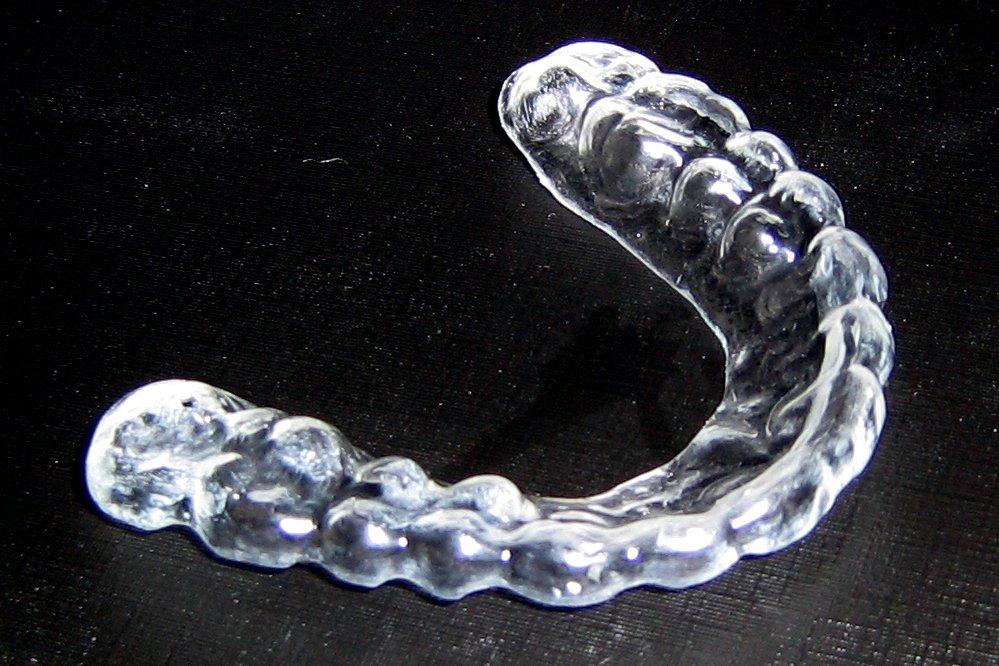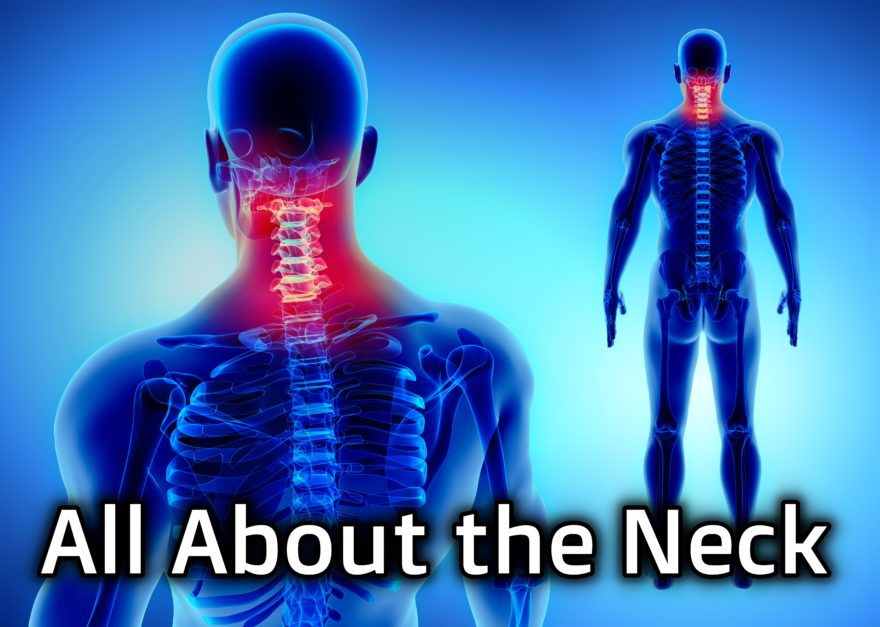Table of Contents
A comprehensive look at cervical biomechanics and exercise
The Wu-Tang clan once said “Protect Ya Neck,” but how in the heck can you do that if you don’t know the biomechanics??????
The neck can be quite complicated considering all the factors that influence it’s dynamics:
- Ribcage position
- Thoracic spine
- Hyoid bone
- Cranium
- Temperomandibular joint
OH MY!
Yet despite all of these influences, there are simple, useful heuristics you can follow that can lead to favorable changes in neck mobility!
Want to make the neck, cranium, and more ridiculously simple to understand and apply?
Then tune in for Movement Debrief Episode 125.
Below is a copy of the video for your viewing pleasure, and audio if you can’t stand looking at me.
Enjoy!
and the audio version:
If you want to watch these live, add me on Instagram.

 t
tShow notes
Check out Human Matrix promo video below:
Below are some testimonials for the class:
Want to sign up? Click on the following locations below:
August 1st-2nd, Boston, MA (Early bird ends July 5th at 11:55pm!)
September 12th-13th, Montreal, Canada (Early bird ends August 16th at 11:55pm!) [6 CEUs approved for Athletic Therapists by CATA!]
October 3rd-4th, Ann Arbor, MI (Early bird ends September 6th at 11:55pm!)
November 7th-8th, Charlotte, NC (Early bird ends October 11th at 11:55pm!)
November 21st-22nd, San Diego, CA (Early bird ends October 25th at 11:55pm!)
February 20th-21st, 2021, Atlanta, GA (Early bird ends January 17th at 11:55 pm!)
May 1st-2nd, 2021, Minneapolis, MN (Early bird ends April 4th at 11:55pm!)
Dickinson College in Carlisle PA (POSTPONED DUE TO COVID-19) [Approved for 14 Category A CEUs for athletic trainers]
Or check out this little teaser for Human Matrix home study. Best part is if you attend the live course you’ll get this bad boy for free! (Release date not known yet 🙁
Here is a signup for my newsletter to get nearly 5 hours and 50 pages of content, access to my free breathing and body mechanics course, a free acute:chronic workload calculator, basketball conditioning program, podcasts, and weekend learning goodies:
[yikes-mailchimp form=”1″ submit=”Get learning goodies and more”]
Bill Hartman – Without question my biggest influence. A lot of of the tests and concepts originate from his ideas.
The armbar screwdriver with cervical rotation is a great way to drive posterior thorax expansion. You may not feel much of it within the move, but I’ve seen some dope mobility changes in shoulder flexion:
The curl to press is a great move that helps explore neck rotation while respecting upper thorax mechanics:
Reaching: Theory and Practice – If you’ve ever wondered how upper body exercises influence thorax mobility, then you definitely want to check this out.
A basic overview of the infrasternal angle can be found here
If a narrow infrasternal angle has reduced pump handle, forward-reaching is quite useful, like quadruped:
Wide infrasternal angles benefit more from reaching at 120 degrees of shoulder flexion to restore pump handle mechanics, like the hooklying pullover:
Introduction to Myofunctional Therapy Course Review – If you want to maximize cervical spine and upper airway dynamics, this post is a must!
The smiling swallow is a terminal exercise in myofunctional therapy, and a great move if you have a forward head posture:
The pointy tongue exercise is a great move to work the muscles needed to drive lateral palate expansion:
Joe Cicinelli – He’s a physical therapist and my go-to guy for all things upper airway. He helped me out after my tongue surgery
Compensatory Movement Patterns – Check out this debrief if you want to better understand the hierarchy of what movement limitations ought to be focused on first.

Cervical biomechanics 101 (1:11)
You’ve talked at length about the foot, pelvis, ribcage, scapulae, and spine, but how about one talking about the head and neck?
I understand relative motions are supposed to exist within the cranium, but I’ll be damned if I understand them!
Love your work!
Cervical spine’s relationship to the thorax and scapula (4:53)
What is the relationship between neck, thorax, and scapula? How does the influence programming for things such as forward head posture and medial scapular pain?
My neck pops (12:52)
What’s the thought process for dealing with necks that crack and pop when you rotate them?
Self-assessment for hyoid position (14:58)
How can I self assess my Hyoid?
Exercise to improve neck mobility (23:35)
How can I inhibit front neck muscles which are in an overactive state leading to a forward head posture?
Myofunctional therapy and the cervical spine (30:16)
I’ve seen your tongue exercises on the YouTube channel, when do you use those and how do you think about those? Does this relate to palate shape and cranial positioning?
Wide infrasternal angles with forward head posture (35:31)
How would a wide infrasternal angle get a forward head posture?
Neck pain during headstands (36:15)
In terms of unilateral neck pain in a headstand, what could be causing that?
Cervical spine or TMJ movements? (37:45)
What type of assessment would you do to see if the patient can benefit would it just simply neck rotation and jaw mobility, or would the infrasternal angle put into consideration?
Also, would the exercise still be breathing base or more cervical stuff like protrusion that you used to do back in the day?
Armbar vs inversion (42:43)
How would you differentiate between using armbars vs inversion to get expansion in the upper body?
The connection between teeth and neck movement (44:54)
How can an occlusal splint inhibit neck breathing? How do teeth influence neck position?
Sum Up
- Cervical rotation involves motion all the way down to T4, the jaw, and cranial movement.
- Forward head posture involves lower cervical flexion and upper cervical extension. Military posture involves lower cervical extension and upper cervical flexion.
- Posterior thorax expansion is paired with ipsilateral cervical rotation.
- Neck popping during movement is largely benign and nothing to worry about.
- A low resting tongue posture can contribute to forward head posture. Treatment can involve teaching a palatal tongue posture.
- Hyoid dynamics can be assessed by resting posture and cervical extension.
- Occlusal splints can alter bite and cervicocranial muscle tone, but are not a long term solution.
Photo credit: 123RF
